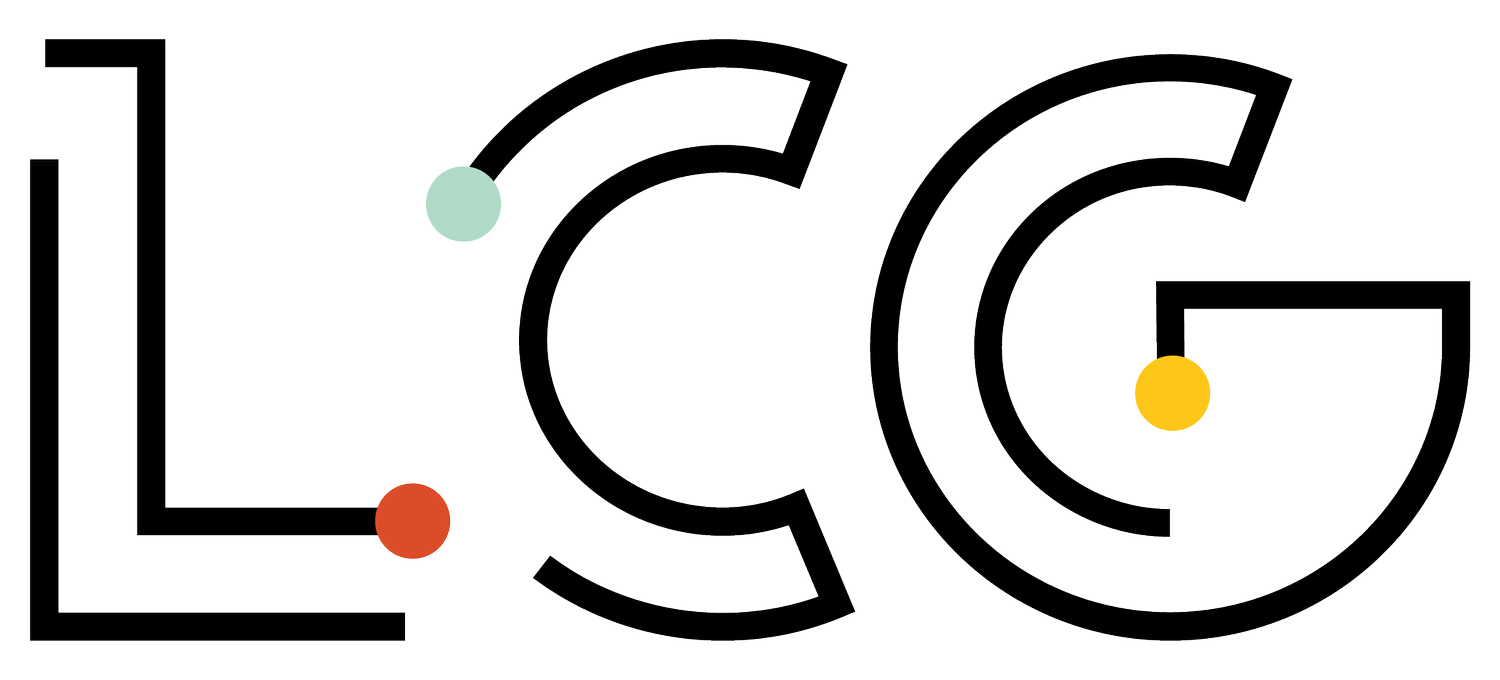Volume 46
Many of you may have heard that I recently fell and dislocated my knee, tearing a handful of things in the process. As my orthopedic doctor said, “Elana, when you do things, you do them really well.” Not the kind of compliment I was hoping for. 🙂
But the experience gave me a surprising lens to think about everything moving so quickly in AI and marketing right now. When I got my MRI and X-ray results, I ran them through ChatGPT. I even had Snoop Dogg narrate them to find some levity in the mess. It gave me insights and I thought I had a plan of action.
But it wasn’t until I sat down with my orthopedic doctor—who listened, asked questions, physically examined my knee, and took into account my lived experience—that his initial interpretation shifted. Not because the data was wrong, but because it was incomplete. It needed human context to work in concert with data and AI.
The same thing is happening in our world right now.
AI is disrupting everything. 60% of Google searches now end without a single click. AI tools like ChatGPT and Perplexity send less than 1% of traffic to external sites. People are hungry for fast answers, but those answers don’t always come with context or connection.
That’s why it's more important than ever to diversify where and how you show up as a brand.
✔ Grow your email list, and communicate consistently to provide value to keep it active.
✔ Show up with value, again and again. Consistency builds trust.
✔ Use video across platforms. It’s one of the highest-performing content types for reach and engagement.
✔ Build community where your audience already spends time (cough, cough, social media). Don’t wait for them to come to you.
Your website matters, but it’s never been the only place to capture leads or build trust. What if you could deepen relationships, drive action, and spark real conversations, without asking everyone to come to you?
Meanwhile, in education, we’re seeing even more disruption.
$5.4B of federal funds (Title I, II, III, IV) were frozen (now all have been released). Regardless of the funding being released, it created even more uncertainty in funding. Before the funding was released a majority of superintendents report that existing contracts funded by Title I-C, Title II, Title III, or Title IV were in limbo, and were looking at using local funds to cover some of the costs.
On top of that, The White House recently released an AI Action Plan that emphasizes innovation and infrastructure, but offers little guidance on how AI should be used in schools. There’s no mention of safety. No mention of ethics. And no clarity for educators. At the same time, they’ve launched a Presidential AI Challenge, asking students, teachers, and communities to build AI-powered solutions for real-world problems. Holly Clark, who has trained thousands of educators on how to effectively use AI in the classroom, recently shared her AI Educator Levels, which is one of the most helpful frameworks I've seen. There are new developments every day, and we’re all just trying to figure it out together.
But as we move fast, are we slowing down enough to ask the right questions?
This month, I also want to wish every educator reading this a joyful, grounded back to school season. I’ve been joining all of the free PD sessions that many EdTech brands are hosting for educators and I'm feeling the excitement. I know many of you are feeling the full range of emotions in the air: hope, anxiety, excitement, and everything in between, though. Breathe deep, friends.
If you're planning back to school outreach, here’s what I’ll say: Show up with empathy and go in with the intention to make educators’ lives easier. Don’t ask them to pilot something new or do anything that’s not aligned to their top priorities. If they already use your tool, support them with quick tips, helpful content, and best practices.
I know this is all a lot but we got this. We’ll figure it out together.
Until next time,
Kick off the school year with something special
Whether you’re welcoming new teachers, supporting teammates, or just want to brighten someone’s first week back, our Educator Gift Guide has you covered. These are real recommendations from real educators, featuring items that bring joy, offer comfort, and make the return to school a little sweeter.
Just launched
What’s Really Changing in K–12 Tech? A Deep Dive into CoSN’s 2025 Report (podcast)
Level Up Your Education Brand on LinkedIn: A 3-Step Strategy That Works (blog post)
[popular] What It Takes to Build District Relationships That Last (podcast)
[trending] How to Build Smarter EdTech Marketing Plans in a Changing Landscape (blog)
EdTech Good News
The U.S. Department of Education has confirmed that schools can use existing federal grant funds to support AI tools that boost learning—like personalized instruction, AI-powered tutoring, and career exploration platforms. The new guidance also encourages schools to teach AI literacy, support educator training, and involve parents in decisions about responsible tech use.
Public comments are open through August 20—and if finalized, this could help unlock more funding and momentum for innovative, student-centered approaches to AI in the classroom.
Marketing & Education Must Reads
Marketing
RYE Consulting on AI Procurement: Districts are starting to ask smarter questions before buying AI tools. Transparency, alignment to instructional goals, and long-term value are topping the list.
Shelby Jones on K–12 Sales Skills: The best K–12 sales teams are shifting from pitching to partnering. Skills like listening, adapting, and knowing the district’s real goals now matter most.
Clever on EdTech Integrations: Juggling logins and data syncs shouldn’t slow down learning. Clever’s latest report shows districts are prioritizing tools that integrate cleanly and securely.
Burbio on School Operations: Some districts are cutting programs. Others are shifting schedules or hitting pause entirely. Summer planning is starting to look anything but predictable.
Fast Company on STEM Access: Underserved students show high interest in STEM but are often left out of key opportunities. Closing the gap starts with better outreach and earlier support.
Education
Gaurav Vohra on LLMs and Search: Search isn’t dead, but it’s definitely changing fast. To stay visible, content needs to serve human readers and show up in AI summaries at the same time.
Jay Schwedelson on Weekend Sends: Weekends aren’t dead zones. Lower competition and higher intent make Saturday and Sunday prime time for standout emails, especially if you're testing new ideas.
B2Linked on LinkedIn Ads: Ad fatigue is real, even on LinkedIn. Rotating creative every two to four weeks keeps performance steady and audiences engaged.
LinkedIn & Edelman on Thought Leadership: Buyers aren’t just paying attention, they’re making decisions based on thought leadership content. Trust and expertise now drive more action than polished sales copy.
Edelman on B2B Thought Leadership: Mediocre content is worse than none at all. The latest report shows decision-makers trust brands that challenge their thinking and offer fresh insight.
Buffer on Content Formats: Carousels get saves. Reels get shares. Data shows that different formats drive different actions, so pick your post type based on what you want your audience to do.
Nonprofit News Feed on Search Traffic: Organic traffic is down, and nonprofits are feeling it. New data shows AI overviews and search changes are cutting visibility across the board.
Bonus:
U.S. Department of Education on AI Guidance: A new letter outlines key priorities for using AI in schools. Equity, safety, and student-centered design are front and center.
Federal Register Grant for Students with Disabilities: This grant supports development of tools and materials that help students access learning more effectively.
Pew Research on School Start Dates: Back-to-school isn’t a single moment. U.S. start dates range from late July to mid-September, which means your timing strategy needs to stay flexible.
AASA on FY25 Funding Delays: New survey shows 94% of superintendents still haven’t received their FY25 federal funds, forcing hiring freezes, delayed programs, and tough choices. Thanks to Jen Womble for this heads up on a great resource in her LinkedIn post.
OECD on AI Capability: A new global dashboard tracks how well countries are building AI skills. The U.S. leads in research, but lags in teacher training and student access.
U.S. Department of Education on AI Guidance: Education leaders just got new direction on AI. The letter calls for safe, transparent use that keeps student needs at the center.
See you next time!







